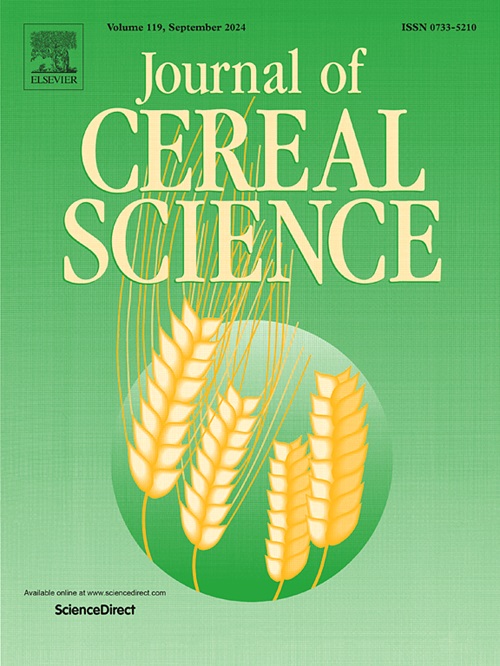The comparative evaluation of the quality of brown rice by plasma treatment and milling treatment: Appearance, cooking characteristics, texture characteristics, and nutrient composition
IF 3.7
2区 农林科学
Q2 FOOD SCIENCE & TECHNOLOGY
引用次数: 0
Abstract
Cold plasma is a non-thermal physical processing method, which is considered ideal for brown rice processing to improve cooking performance due to its high efficiency and safe benefits. This study investigates the impact of cold plasma and milling treatments applied at different durations on the appearance, nutritional quality, cooking properties, and texture of brown rice (BR), highlighting the potential of plasma technology in its processing. The results indicated plasma treatment more effectively preserved the nutrients in brown rice, whereas milling reduced the protein and dietary fiber content to 66.23% and 29.31% of original levels, respectively. Plasma preserved the complete skin structure and color of brown rice compared with grinding treatment, and the plasma treated for 60 s reduced the hardness, chewiness and gumminess of brown rice to 1628.86 g, 168.39 g and 379.80 g, respectively, indicating that the palatability of cooked brown rice was enhanced. Moreover, contact angle measurements showed that plasma treatment transforming the original hydrophobic structure of brown rice into hydrophilic, enhancing the water absorption in the initial absorption stage and the infiltration stage. These findings demonstrate that plasma is a promising method to enhance brown rice quality, providing a theoretical foundation for its application in agricultural processing.

等离子体处理和碾磨处理糙米品质的比较评价:外观、蒸煮特性、质地特性和营养成分
冷等离子体是一种非热物理加工方法,由于其高效、安全的优点,被认为是糙米加工提高蒸煮性能的理想方法。本研究探讨了低温等离子体处理和碾磨处理不同时间对糙米(BR)外观、营养品质、烹饪特性和质地的影响,强调了等离子体技术在糙米加工中的潜力。结果表明,血浆处理更有效地保存了糙米中的营养成分,而碾磨处理使糙米中的蛋白质和膳食纤维含量分别降低至原水平的66.23%和29.31%。与研磨处理相比,等离子体保存了糙米完整的表皮结构和颜色,等离子体处理60 s后糙米的硬度、嚼劲和胶度分别降至1628.86 g、168.39 g和379.80 g,说明糙米的适口性得到了增强。接触角测量结果表明,等离子体处理使糙米原有的疏水结构转变为亲水结构,增强了糙米在初始吸收阶段和渗透阶段的吸水性。这些结果表明,等离子体是一种很有前途的提高糙米品质的方法,为其在农业加工中的应用提供了理论基础。
本文章由计算机程序翻译,如有差异,请以英文原文为准。
求助全文
约1分钟内获得全文
求助全文
来源期刊

Journal of Cereal Science
工程技术-食品科技
CiteScore
7.80
自引率
2.60%
发文量
163
审稿时长
38 days
期刊介绍:
The Journal of Cereal Science was established in 1983 to provide an International forum for the publication of original research papers of high standing covering all aspects of cereal science related to the functional and nutritional quality of cereal grains (true cereals - members of the Poaceae family and starchy pseudocereals - members of the Amaranthaceae, Chenopodiaceae and Polygonaceae families) and their products, in relation to the cereals used. The journal also publishes concise and critical review articles appraising the status and future directions of specific areas of cereal science and short communications that present news of important advances in research. The journal aims at topicality and at providing comprehensive coverage of progress in the field.
 求助内容:
求助内容: 应助结果提醒方式:
应助结果提醒方式:


